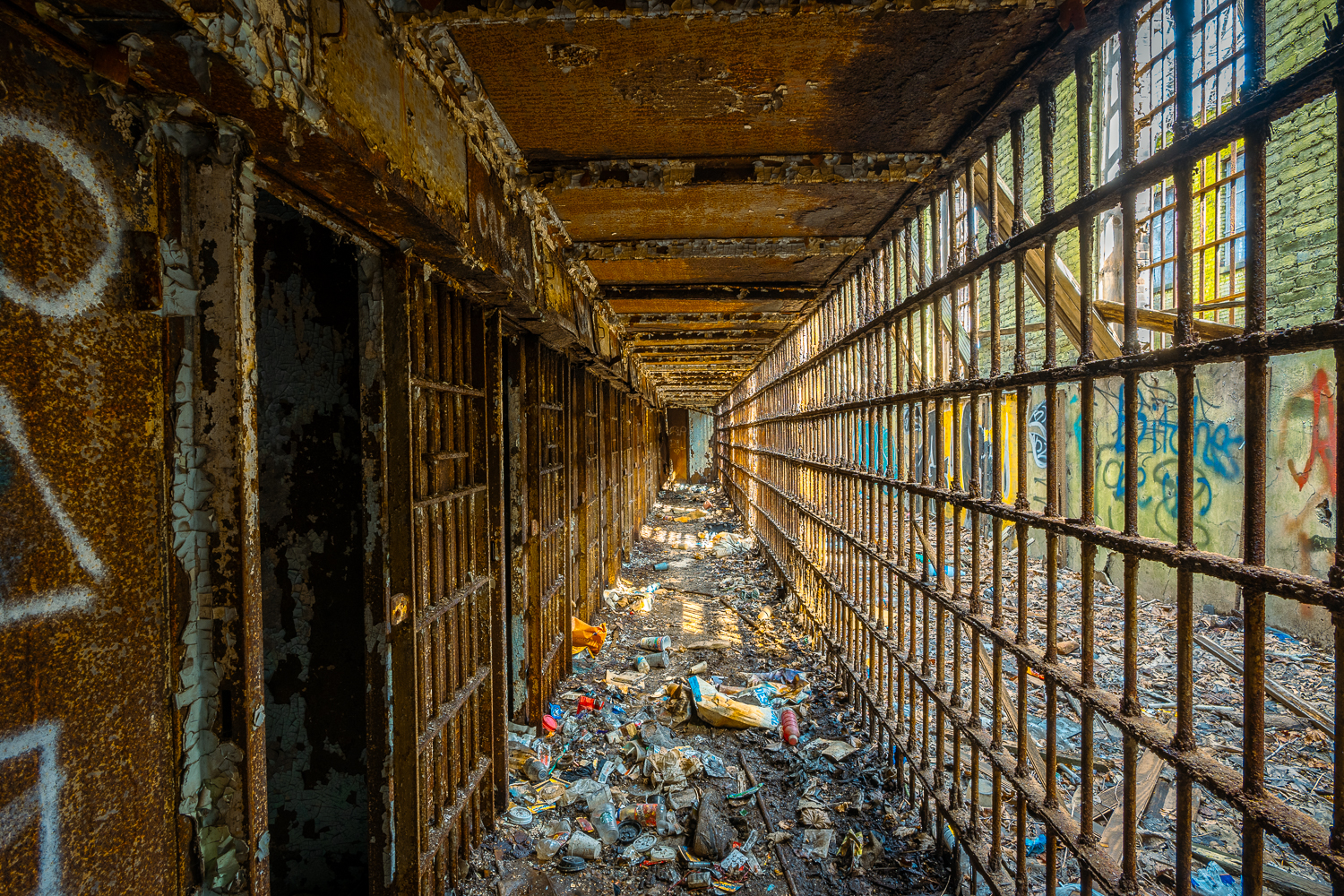Abandoned Essex County Jail Video
Share This Post
History of Abandoned Essex County Jail
In the 1830s, prison life was brutal. The young, old, female, male, and even children were confined several to a cell in appalling conditions.
In the view of prison reformers, this system made inmates worse instead of reforming them into better citizens. Beginning in England, such reformers as John Howard proposed a new system based around the three goals of “silence, supervision, and security.”
Philosophers, engineers, and reformers introduced new prison designs based on the belief that natural light and space for reflection could transform prisons into places of reform.
After Newark’s incorporation in 1836, one of the first acts of city government was to construct a new prison according to prison reform philosophies.
The jail’s surroundings were leather manufacturers and tanneries, which created a noxious environment.
The jail was constructed for $30,000 when a fire destroyed the county courthouse and the design incorporated garden paths, a greenhouse, and courtyards for well-behaved inmates. Another feature of the grounds was the gallows in the yard used for hanging murderers.
The main building was a square, two story structure with a cell block wing extending from it, but in 1890, 1895, 1904, and 1909 the prison was expanded.
This expansion brought running water and toilets to the 300 cells now in the building.
As Newark grew from a small town into a large metropolis, the city jail grew alongside and adapted.
From the 1890s to the 1930s, new buildings and facilities were gradually added, including a hospital, powerhouse, laundry, and space for prisoners to pass the time.
Most individuals here were arrested for petty crimes, such as drunkenness, prostitution, and loitering. Unlike today, they served short sentences before rejoining the community.
For most of the jail’s lifespan, the warden and his family were required to live and work alongside the prisoners.
This state of affairs changed in the late 20th century as a different paradigm in the justice system emerged and stretched this jail, along with all others around the country, beyond capacity.
Also, Shortly after its closure, scenes for the Spike Lee film ‘Malcolm X’ were filmed here in the prison.
